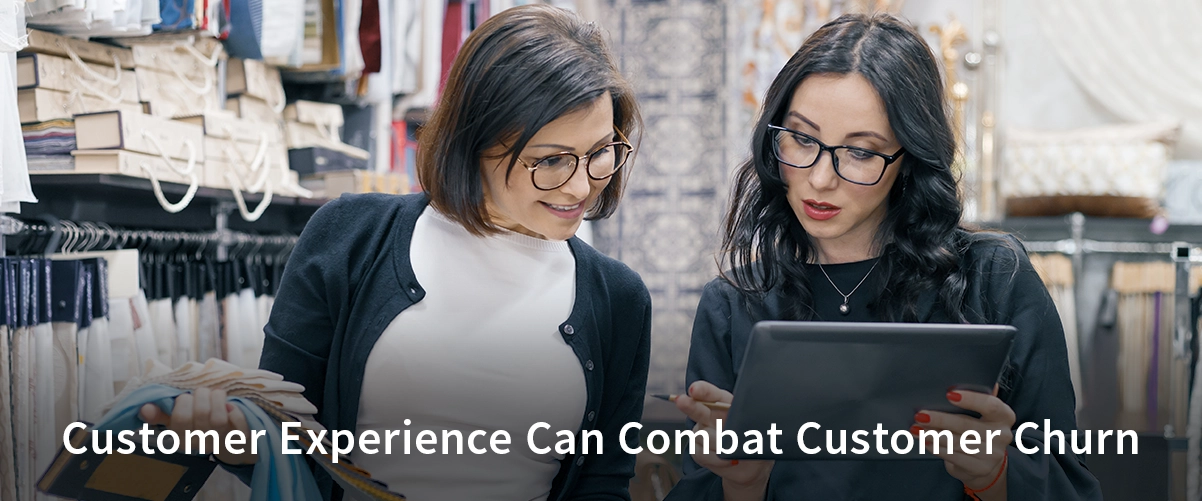
In today’s retail environment, omni-channel retailing emerges as a crucial approach to enhancing customer experiences across various platforms. By combining online and offline channels, businesses provide a fluid journey for consumers, allowing them to interact with a brand seamlessly, no matter which platform they prefer. The core of omni-channel retail solutions is the integration of diverse customer touchpoints—ranging from in-store visits to digital interactions—into a unified system. This integration not only simplifies the shopping experience for the customer but also strengthens brand loyalty and increases the chances of repeat purchases. By ensuring that each channel complements the other, businesses can offer a more engaging and efficient customer experience.
Enhancing Customer Engagement
In today’s competitive market, customer engagement is more crucial than ever. Companies that invest in comprehensive omni-channel strategies can see a significant boost in customer retention rates. In fact, companies with robust omni-channel strategies achieve an average customer retention rate of 89%, compared to just 33% for those with weaker approaches. This impressive retention rate highlights the importance of a unified approach to customer service across all channels.
Personalised marketing plays a vital role in enhancing customer interaction. By utilising customer data effectively, businesses can tailor their marketing efforts to meet individual preferences and needs. This personal touch not only increases customer satisfaction but also encourages repeat purchases. Retailers that offer consistent and personalised service across various channels report an uptick in customer satisfaction by 30%, which directly translates into increased revenue. Retailers offering unified customer service across channels see a 30% increase in customer satisfaction.
Implementing Omni-channel Retail Software
The implementation of omni-channel retail software is a pivotal step for any retailer aiming to optimise operations and enhance customer experiences. Retailers who integrate these solutions often enjoy significant revenue growth. Implementing omni-channel strategies results in an average revenue growth of 23% higher than for those who don’t.
When selecting an omni-channel retail platform, businesses should prioritise key features such as inventory management, customer relationship management (CRM), and integration capabilities. A robust CRM system provides better customer insights and more effective marketing strategies. Additionally, inventory management features ensure stock levels are optimised across all channels, reducing the risk of stockouts or overstocking. The ability to integrate with existing systems further ensures that the software enhances rather than disrupts current operations.
Creating a Consistent Brand Experience
Creating a consistent brand experience across all channels is essential for building trust and loyalty among customers. Brands that excel in delivering a uniform message are often more successful in retaining customers and achieving higher profit margins. Retailers with strong omni-channel strategies report profit margins up to 15% higher than those relying solely on single-channel approaches. This consistency reassures customers that they can expect the same quality and service regardless of where they interact with the brand.
For instance, leading brands like Apple and Starbucks have mastered the art of maintaining a consistent brand presence across all platforms. Whether a customer visits an Apple store or browses their website, they encounter the same sleek design and customer-centric service. Similarly, Starbucks ensures that its loyalty programme and customer service are consistent, whether a customer orders online or visits a café. These brands demonstrate the power of a cohesive brand strategy in omni-channel retailing.
Leveraging Data for Insights
In the world of omni-channel retailing, data analytics is instrumental in fine-tuning customer experiences. By examining customer behaviour and preferences, retailers can gather essential insights to personalise their offerings and marketing initiatives. The utilisation of data allows for a more profound understanding of customer needs, enabling businesses to anticipate trends and act accordingly.
With the help of data analytics, retailers can enhance the customer journey at every touchpoint. For instance, by scrutinising purchasing habits, businesses can recommend products that closely match customer interests, thereby increasing the likelihood of conversions. Moreover, data can pinpoint potential pain points in the customer experience, allowing retailers to address these issues swiftly and improve overall satisfaction.
One of the key advantages of leveraging data is the ability to offer tailored experiences. This personalisation can extend to marketing campaigns, product recommendations, and even customer service interactions. By aligning their strategies with customer preferences, retailers can foster stronger connections and boost customer loyalty. For example, data-driven insights can inform targeted email campaigns that feature products a customer is likely to be interested in based on their browsing history and previous purchases.
Additionally, data analytics enables retailers to optimise stock levels across all channels. By predicting demand more accurately, businesses can reduce the risks associated with stockouts or overstocking. This not only ensures a smoother shopping experience but also improves operational efficiency.
The ability to harness data effectively is a game-changer in omni-channel retailing. Retailers who can analyse and apply data insights are better positioned to meet the evolving needs of their customers and stay ahead in a competitive market.
Challenges and Future of Omni-channel Retailing
Implementing omni-channel retailing presents several obstacles that retailers must address to achieve success. One significant challenge is ensuring a cohesive integration of various platforms to provide a unified customer experience. Disparate systems and processes can create friction, making it difficult for customers to transition smoothly between online and offline interactions. Effective inventory management across channels is another hurdle. Retailers need to balance stock levels to meet demand without overstocking or running out of products.
Data management and security are also critical concerns. As retailers gather vast amounts of customer data to personalise experiences, safeguarding this information becomes paramount. Ensuring robust data protection measures can help build and maintain customer trust.
Looking ahead, technological advancements will shape the future of omni-channel retailing. Innovations in artificial intelligence and machine learning are set to revolutionise how retailers understand and engage with customers. These technologies will enable more precise personalisation and efficient operations. For example, AI-driven insights can help predict customer preferences and optimise inventory management, thereby enhancing the overall shopping experience.
As consumer expectations continue to rise, retailers must stay agile and innovative to remain competitive. Embracing emerging technologies and continuously refining strategies will be essential in delivering a seamless and engaging customer journey. The future of omni-channel retailing lies in the ability to adapt and evolve with changing consumer needs and technological advancements.
Want to know more about our Omni-channel Retail Solutions – ETP V5? Contact us today: https://www.etpgroup.com/contact/










